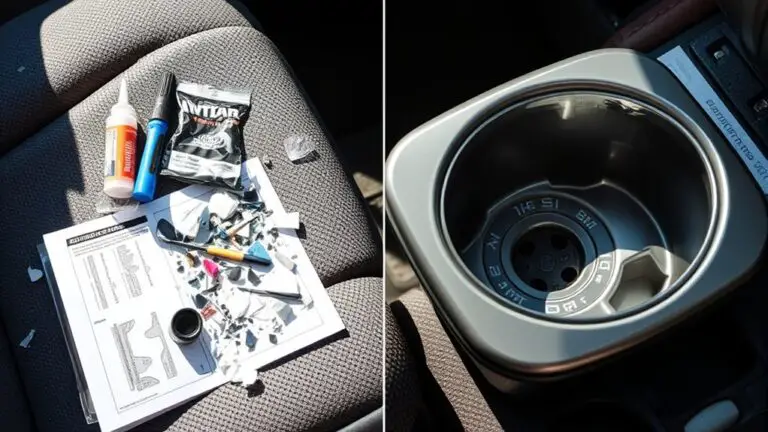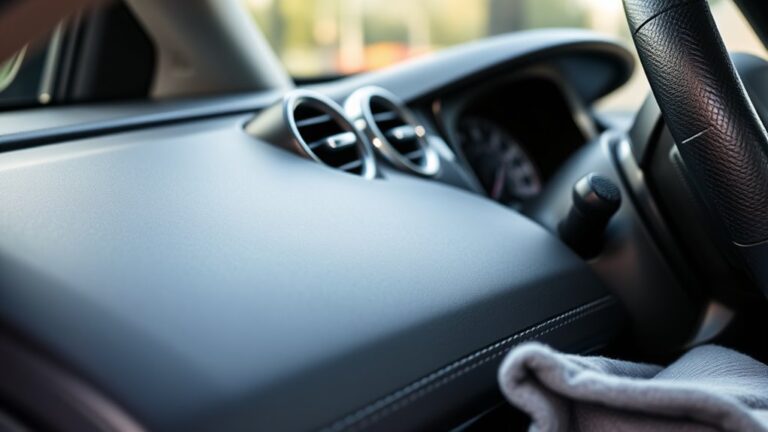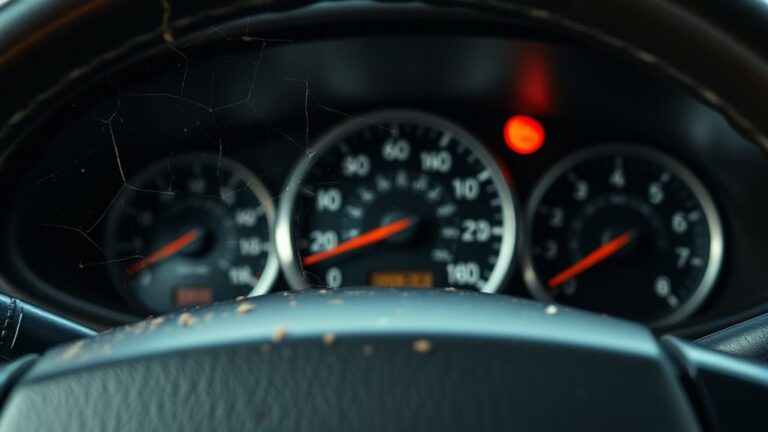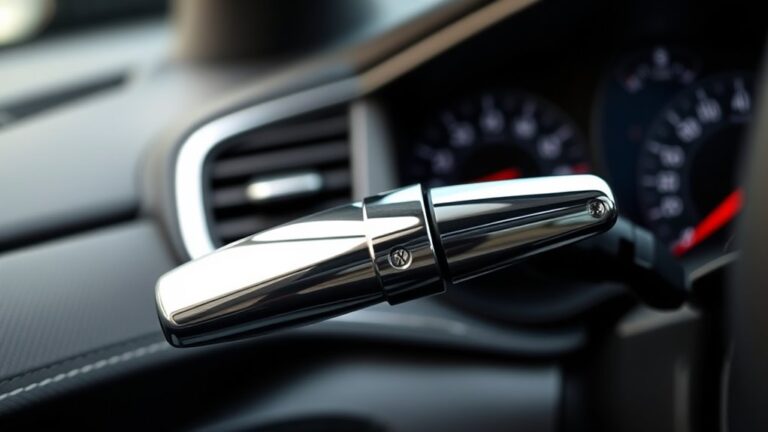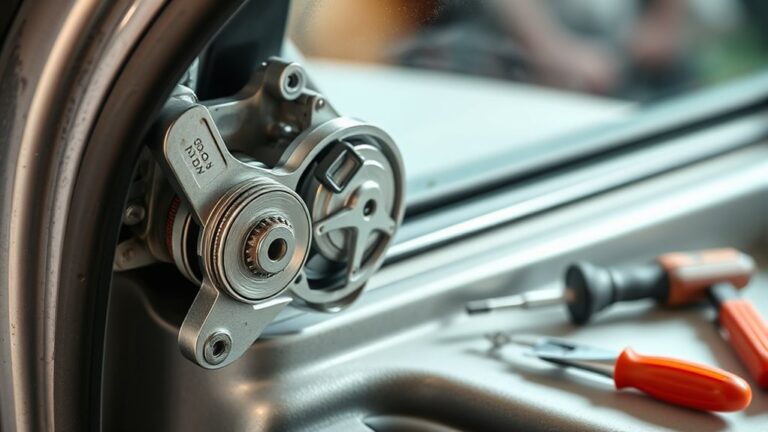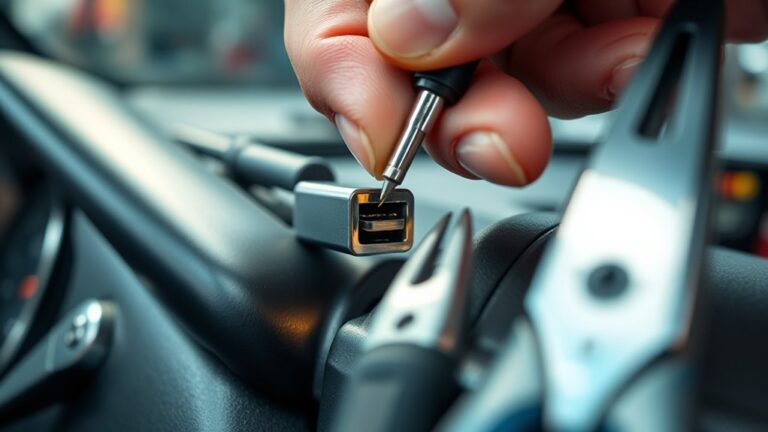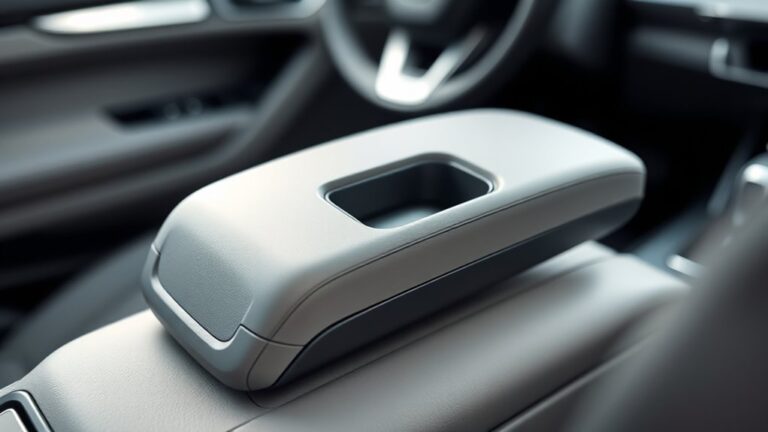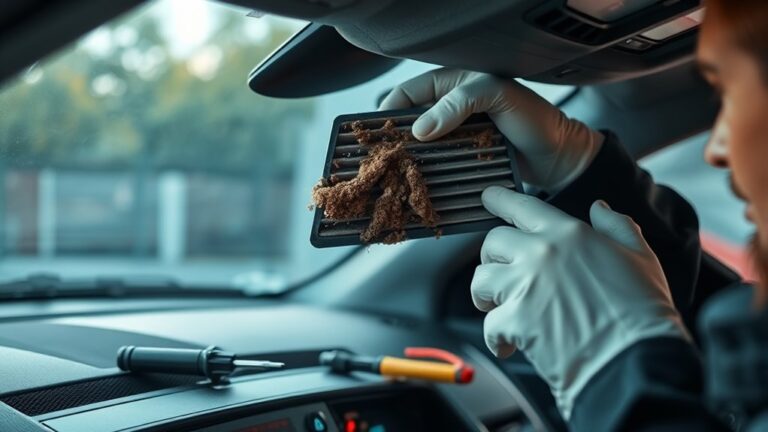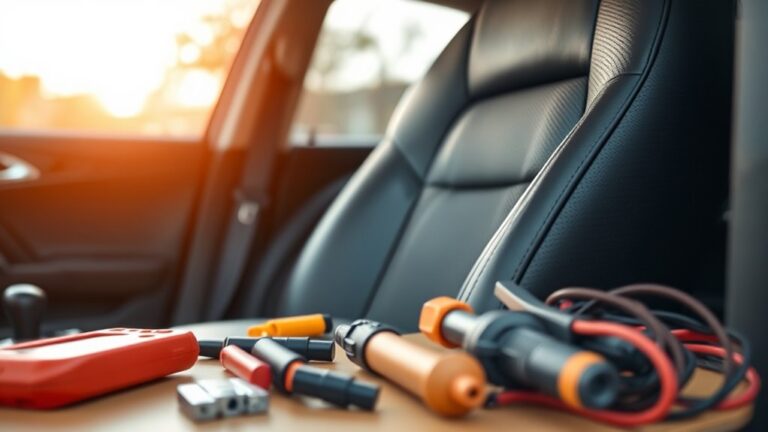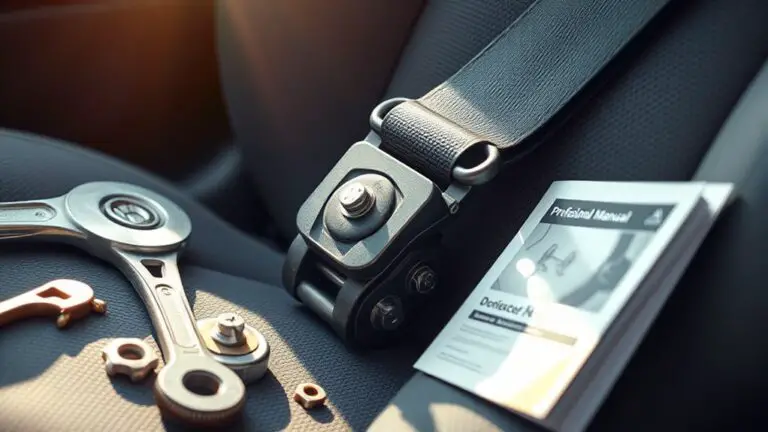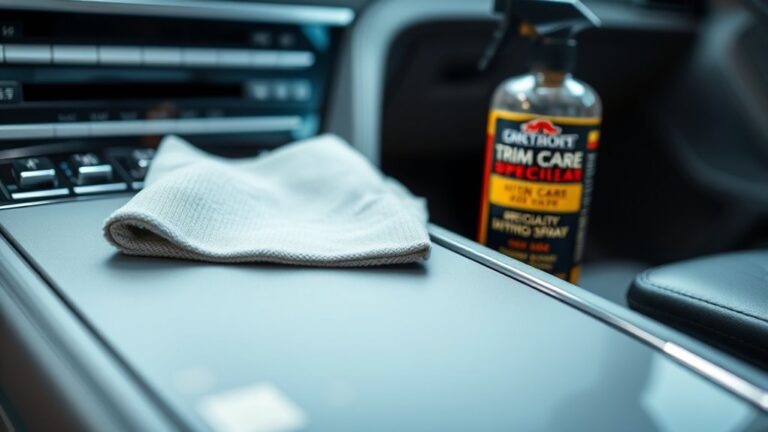Cost/Time: DIY Vs Professional for Interior Cup Holder Broken
DIY can save you money if the cup holder issue is minor—think small obstructions, simple reassembly, or light cleaning. Expect parts in the $5–$45 range, quick fixes under a few hours, and no downtime if you’re comfortable with basic tools. Professional repair costs rise with parts, labor, and calibration, but offer guaranteed torque, reliable mounting,…

